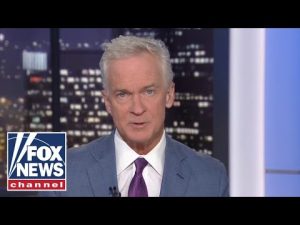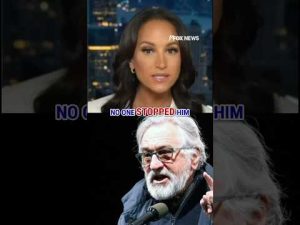The past few months have exposed a dangerous new underside to political protest in America: a movement that began as an argument over policy has morphed in places into something that tolerates — and in isolated incidents, appears to celebrate — political violence. Videos and social-media posts from recent “No Kings” demonstrations have shown people mocking the assassination of a prominent conservative speaker and, elsewhere, public figures and educators making comments that amount to cheering a killing. Those images are not abstract; they are proof that a minority on the far left has crossed a civic line that once would have been unthinkable in American public life.
The killing in Salt Lake City on June 14, 2025, when a “peacekeeper” shot at a man carrying an AR-style rifle and an innocent bystander, Afa Ah Loo, was killed, remains a grim warning about what happens when events run unsupervised and armed actors take it upon themselves to enforce politics on the street. That tragedy showed the perils of deputizing volunteers with firearms and raised urgent questions about vetting, training, and the decision to have armed “safety” teams at large protests. The loss of innocent life cannot be shrugged off as collateral damage in a culture war.
Then came the assassination of Charlie Kirk on September 10, 2025, an act of unthinkable political violence that stunned the nation and underscored the stakes of toxic rhetoric across the spectrum. In the aftermath, dozens of academics and public figures faced disciplinary action for celebrating or minimizing the killing in social posts and classroom remarks — a trend that has rightly alarmed Americans committed to civility. Universities and school districts have been forced into the uncomfortable business of balancing free speech with professional standards when employees appear to endorse political violence.
That has prompted a necessary debate about accountability. When professors and teachers publicly condone or joke about murder, institutions must respond — not to silence political disagreement, but to uphold basic norms of conduct and public safety. The firing of at least one professor and multiple suspensions reflect an attempt by administrators to draw clear lines. These actions will themselves be litigated and contested, but the conversation about consequences for celebrating violence needs to be honest and nationwide.
There is also hypocrisy worth noting: many organizers who preach nonviolence have at times tolerated or even amplified rhetoric that dehumanizes opponents and normalizes extreme measures. Political movements that portray opponents as existential threats risk creating an atmosphere where violence becomes thinkable to fringe actors. If we care about democratic norms, supporters of every political stripe must call out celebratory talk about killing and demand de-escalation from their own ranks.
Law enforcement and elected officials, at all levels, have a duty to protect citizens and to pursue those who cross the line into criminal behavior, regardless of ideology. That means more consistent investigations into threats, clearer guidelines for protest safety, and restraint in employing state force that can itself inflame tensions. It also means the media should stop treating every outrage as symmetrical and start distinguishing between bad rhetoric and actual calls for violence — a distinction that matters for both prosecution and public understanding.
Americans should resist letting a handful of extremists define entire movements or political generations, but they should not excuse or normalize expressions of joy over murder. Our public discourse must have boundaries: vigorous disagreement is the oxygen of democracy, but celebrating assassination is a contagion that corrodes trust and puts ordinary people at risk. Those in positions of influence — journalists, academics, activists, and elected officials — have a responsibility to rebuild those boundaries now.
This moment calls for clarity and courage from all corners. It is possible to oppose authoritarian tendencies and debate policy without slipping into threats and cheerleading for violence. If the country is to navigate this fractious chapter, we need institutions that enforce standards, citizens who demand decency, and leaders willing to condemn violence plainly and consistently, no matter who the target might be.







